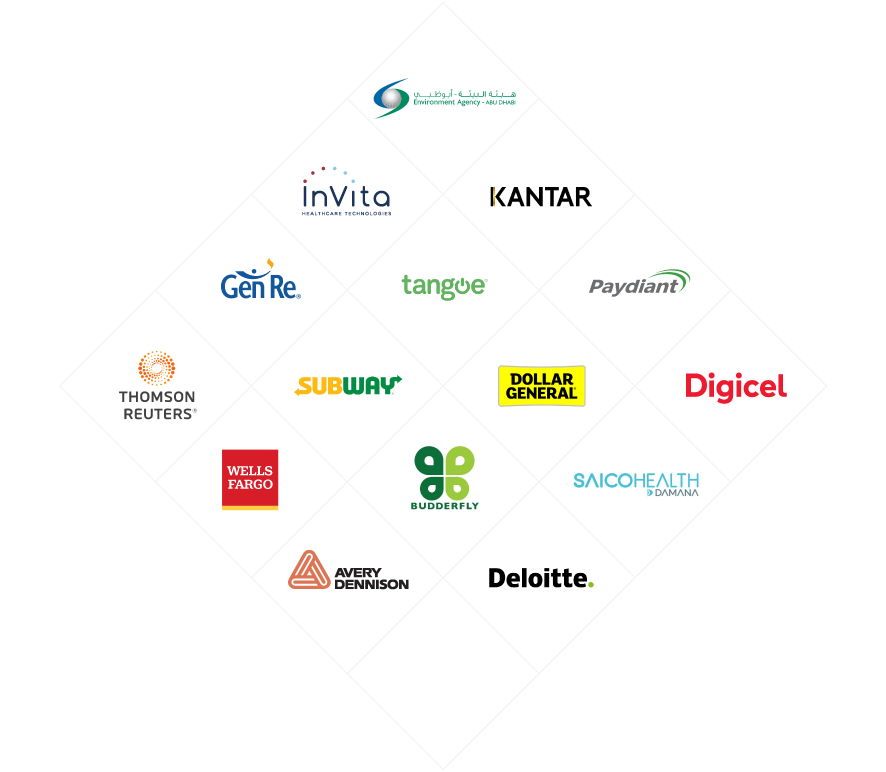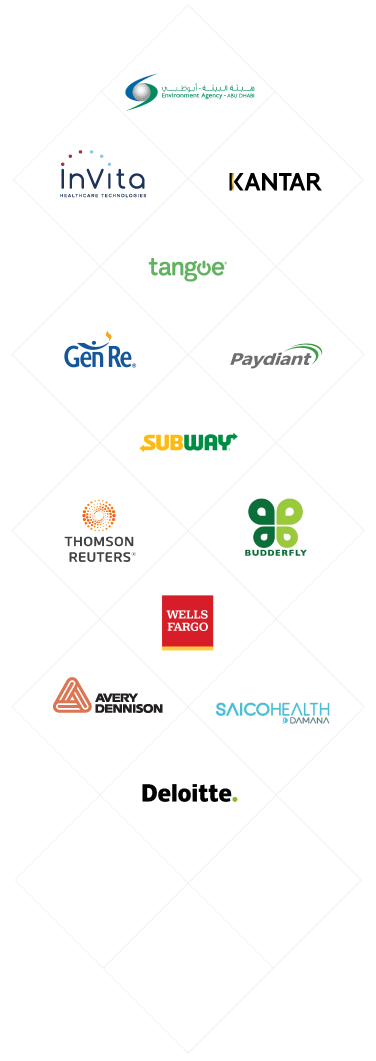In the food industry, a mandatory requirement has always been for restaurants to ensure ingredients are stored at the correct temperature range.
For years, food ingredients temperature check was conducted manually using a thermometer, with findings logged by employees and reports shared at the end of each day. This process was error-prone and demanded comprehensive training for every new employee.
Our Client, a leading American fast-food brand, identified the need to digitize the process, make it faster, more accurate, better controlled, and ultimately integrated into a larger workflow scope that monitored and visualized the process in a centralized place.











